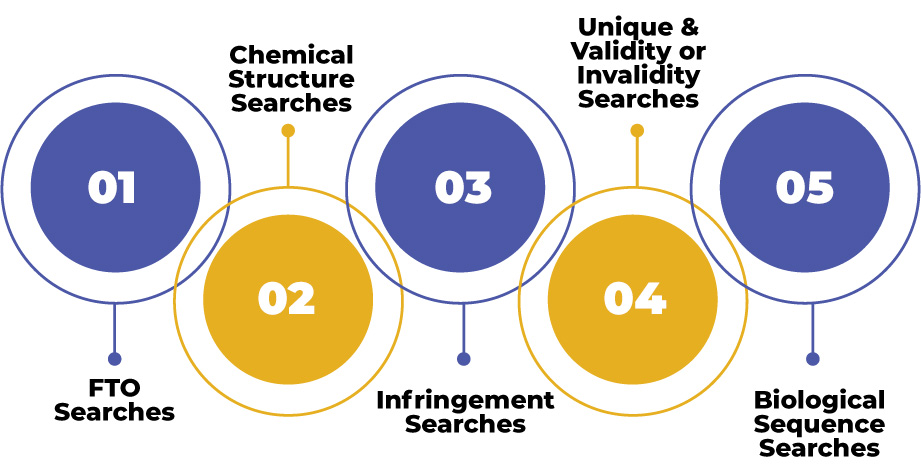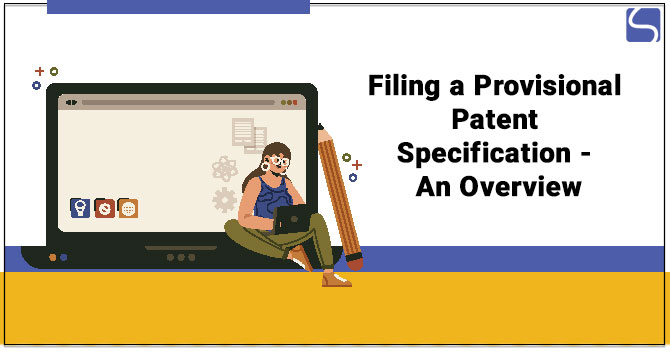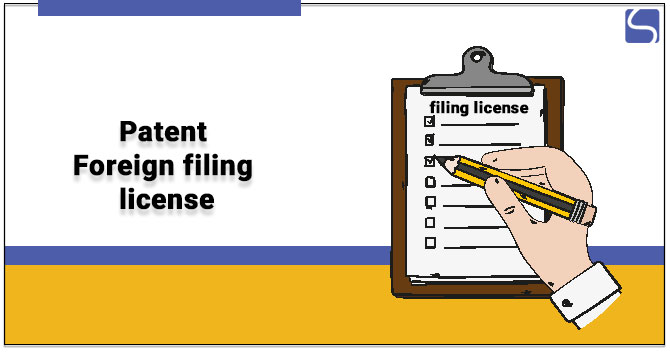All You Need to Know About Prior Art Search

Karan Singh | Updated: Oct 12, 2021 | Category: Patent
Prior Art Search has become an essential part of any business that deals with a noteworthy number of innovative technologies and/or processes. For effectively Patent filing, an extensive Prior Art Search is crucial. For instance, the EPO (European Patent Office) has recorded stable growth in the number of Patent filings from 2014 to 2018, with a usual annual increase of 4.6%. This emphasises the increasing significance of Prior Art Searching and examination in all existing industrial environments. Without thorough searches and comprehensive prior art analysis, companies seeking to compete within a competitive market or technological domain can face violation and litigation threats. Scroll down to check more information regarding Prior Art Search.
Table of Contents
What is Prior Art?
It is a reference of some form (audio, textual. video, etc.) that serves as clear proof that the invention you hold is not something distinctive. It is evidence that your invention or creation is famous and not something unique. It is not important that the Prior Arts is present commercially or physically. It is sufficient that someone, somewhere & at some time formerly explained, showed or made something that includes the use of technology that is identical to your invention or creation.
Prior Art could be found in different forms, be it a Patent or some other form of the printed publication comprising, but not restricted. Trade journals, research papers, an advertisement, videos, books, etc. – generally anything that is available in the public domain.
It is not essential in which language this art is explained or how many publications of the same are available. The primary interest is that the information or details can be accessed by the public. Hence, a small newsletter by a local entity will have a similar validity as that of a foremost newspaper in a country, given it is correctly time-stamped. However, estimating Prior Art for your invention is not as difficult as you think it might be.
Different Types of Prior Art Search
Prior Art Search is the starting step before filing an application for Patent Registration. It involves searching for all present prior arts that are nearest to the provided technological invention within a similar domain. For instance, in the United States, several technological domains have distinctive innovations safeguarded by IPR. Hence, Prior Art Search helps to find out the uniqueness of innovation worldwide so that the Patent is granted. Following are the types of Prior Art Search:

- FTO Searches: It involves legally active Patent literature examinations and searches based on particular geographic regions. The searches are conducted to find out the authorisation of a product or technology in a market.
- Chemical Structure Searches: These are aimed to find similarities between chemical structures of innovative chemical compounds whose IUPAC names have not been revealed.
- Unique & Validity or Invalidity Searches: These involve both Patent Literature & Non-Patent Literature examination & search. While unique searches are conducted for the purpose of filing an application for Patent Registration, validity or invalidity searches are executed to check or challenge the Patent validity.
- Infringement Searches: These include examining and searching Non-Patent Literature to recognise Patent Infringements by 3rd parties.
- Biological Sequence Searches: These searches are conducted to recognise protein or nucleic acid sequences revealed in a Prior Art document in their usual sequence format.
Note: All the above searches comprise detailed examination, which is used to direct strategic business decisions of entities concerning their IP.
What are the Steps Involved in Prior Art Search and Analysis?
Step 1: Recognising Major Concepts to Create Search Strategy
This is the first & important step because it deals with recognising the significant concept based on which a plan can be created. In this step, different synonyms, variations, and keywords, citations, assignees, dates, jurisdiction, and technology classes are recognised.
Following this, the strategies can comprise searching for Non-Patent Literature and/or Patent, invention disclosures, or even products. For example, when searching for biological or chemical Patents, sequence searches and structure searches should be made. Such strategies or plans are generally defined by the type of Prior Art required, which is based on the requirements & objectives of the Prior Art Search.
Step 2: Preparing Search Queries
Such queries are created to capture the main essence of the concept of innovation. Such search queries are put through many free databases such as USPTO, the Lens, Google Patents, Espacenet, etc. Similarly, paid databases such as Questel Orbit, etc., are used. Different search fields in these databases are used in various combinations to capture outcomes systematically while lessening noise from inappropriate outcomes. Besides famous keywords-based fields, classes, assignee and mentions fields are also used while preparing or formulating search queries.
The process itself is quite active as there is a need for regular tweaking so that the vital details can be documented for more examination. Hence, one of the objectives of the second step is to cut down the inappropriate outcomes from the collected search results to enable correct analysis in the succeeding step.
Step 3: Commencing the Prior Art Analysis
In an analysis of Prior Art, particular links need to be recognised between the keywords that are used in Prior Art Search so that an association can be found between the provided innovation and search outcomes. After performing the Prior Art analysis, the outcomes are then examined thoroughly. This is almost like a pruning way where the utility and relevancy of the Prior Art being examined are estimated against the required objective of the Prior Art analysis.
The background of the documents is examined & is matched with the provided invention as per the objectives. A thorough analysis of the overlaps between the provided innovation and search hits within a restricted data set is performed manually. If common trends are found in a large set of data within a larger technological domain, then this task can be automated. Usually, Patent attorneys[1] execute an examination to recognise the particular overlap between search hits and the invention of interest within a limited set of data. This step intends to describe links to the subject technology with present Patent and Non-Patent Literature so that R&D teams can work on their inventions as per the insights developed.
Step 4: Showing the Prior Art Analysis
Presenting the Prior Art analysis is subject to the requirements & the final objective. This analysis is generally presented with the required texts extracted from a document or a future-wise mapping regarding the given invention. It can also be shown in a tabular form by unchecking & checking classification for the given invention in the case of FTO Searches or landscape. Claim mapping is the standard format followed for infringement and invalidity searches. At last, Prior Art analysis clearly shows whether the documents are associated with the subject invention. In case they are, Prior Art analysis describes the link.
Conclusion
Prior Art Search is a vital part of Intellectual Property Analytics that helps business intelligence. While executing Prior Art Searches, developing insights from the most relevant literature is vital in preparing a business strategy. Such insights different databases and further examining the closest literature to fulfil the end objectives.
Read our article:All You Need to Know About Drafting Patent Claims














